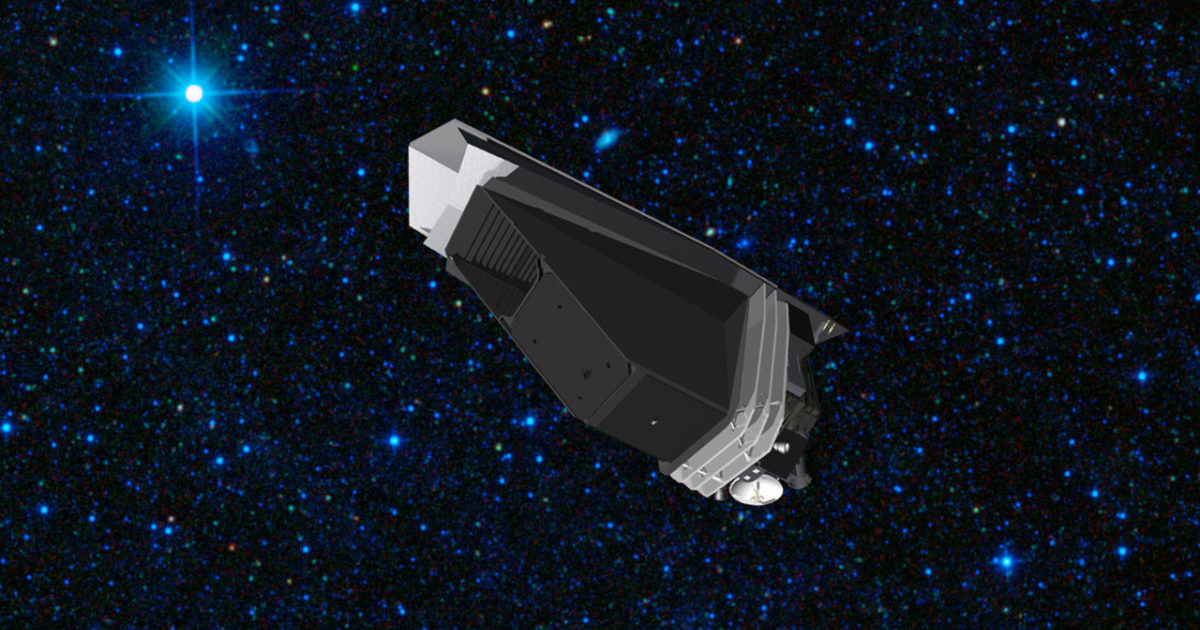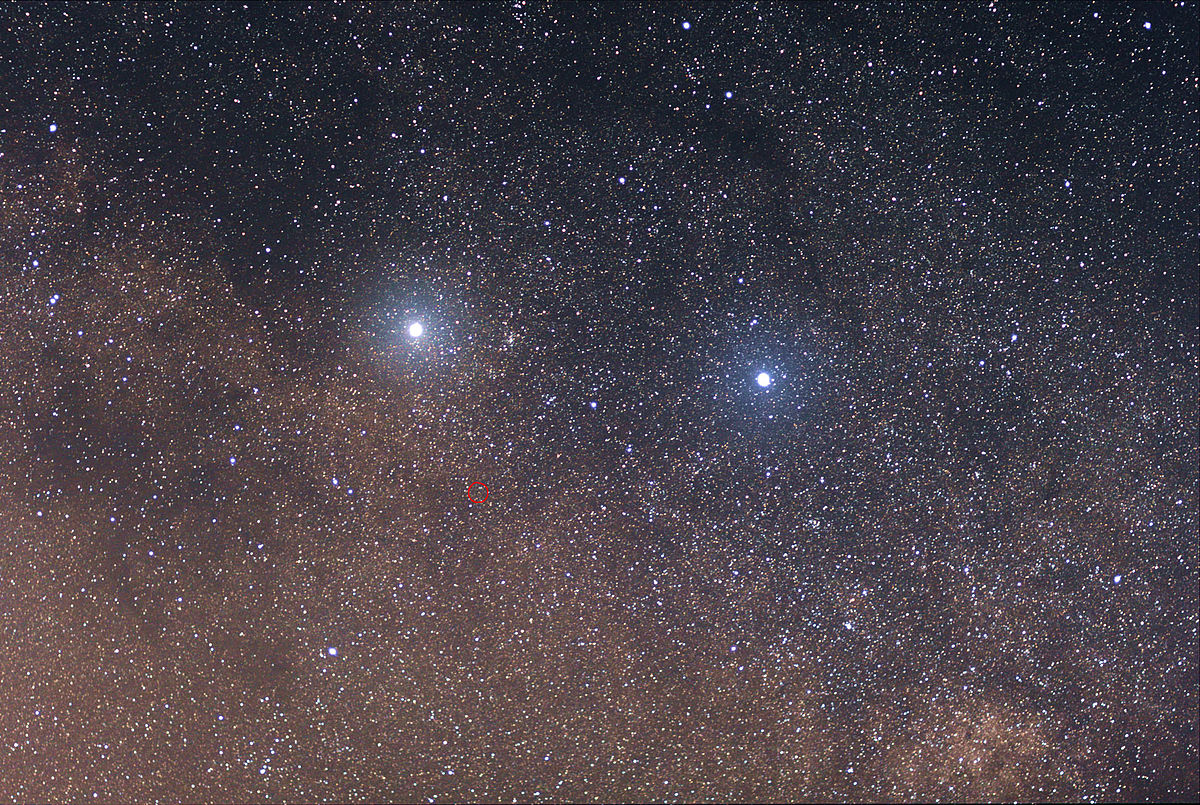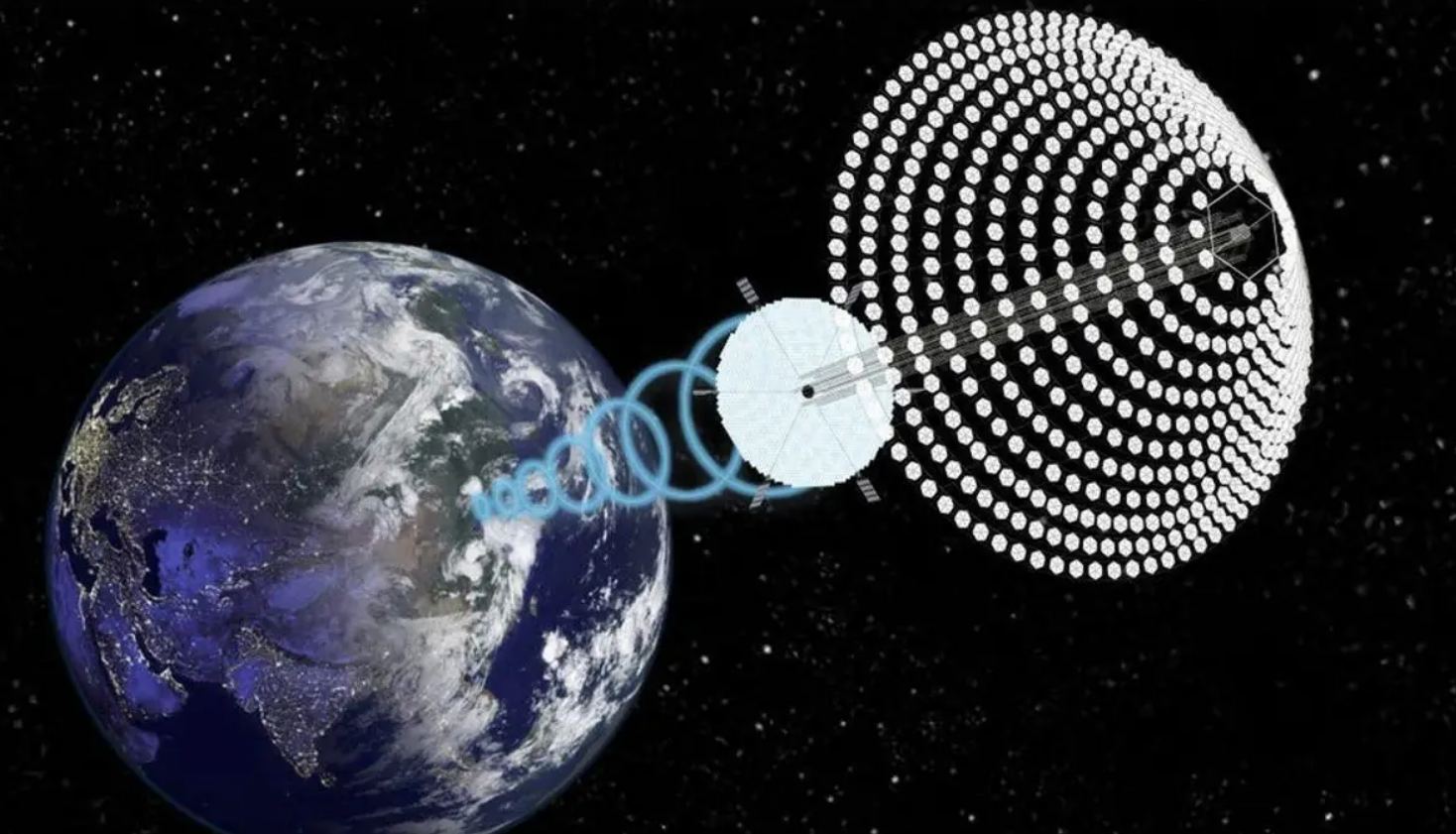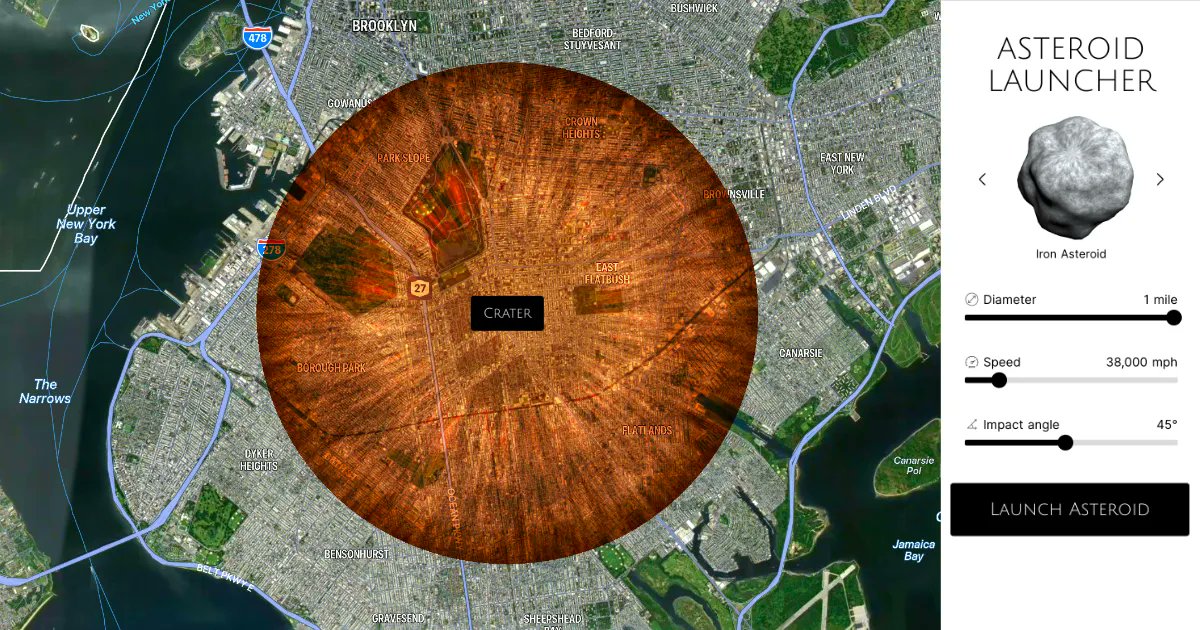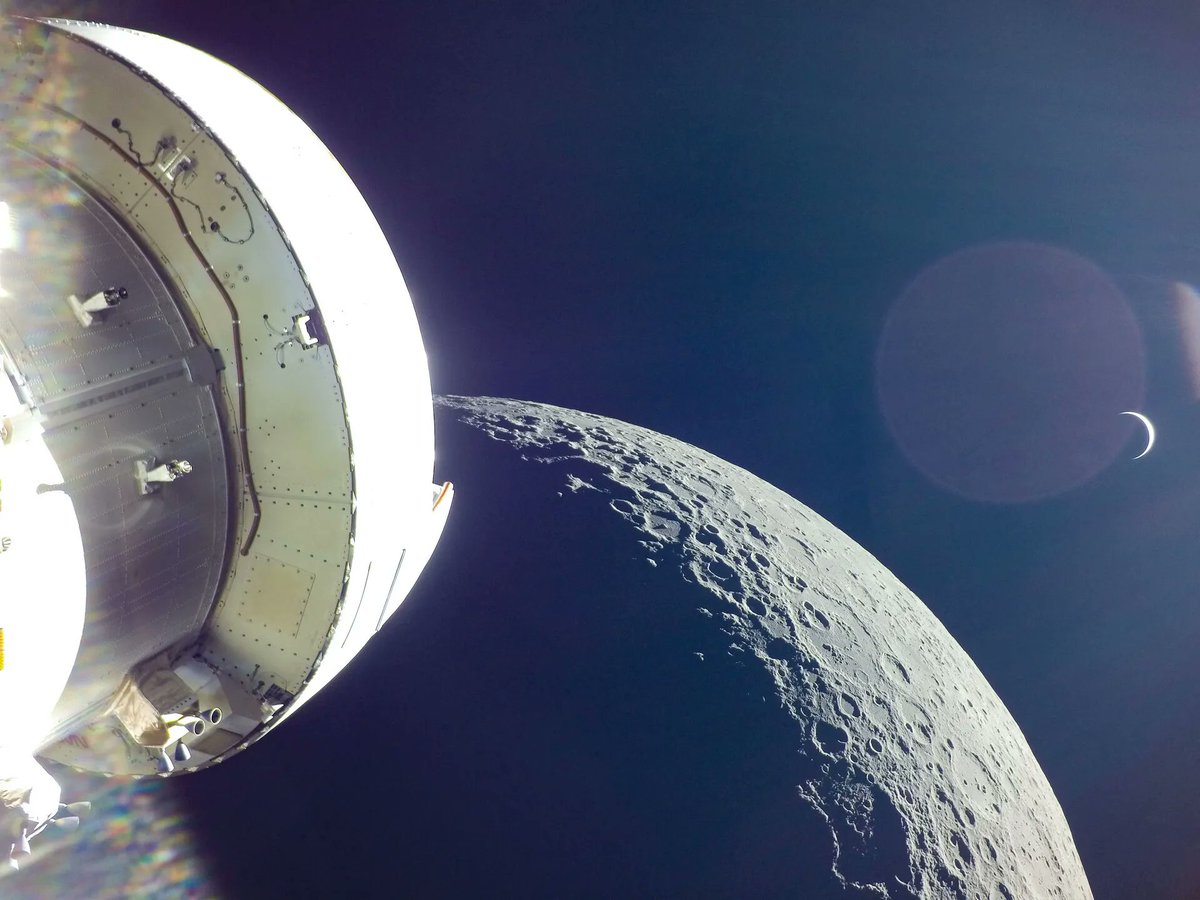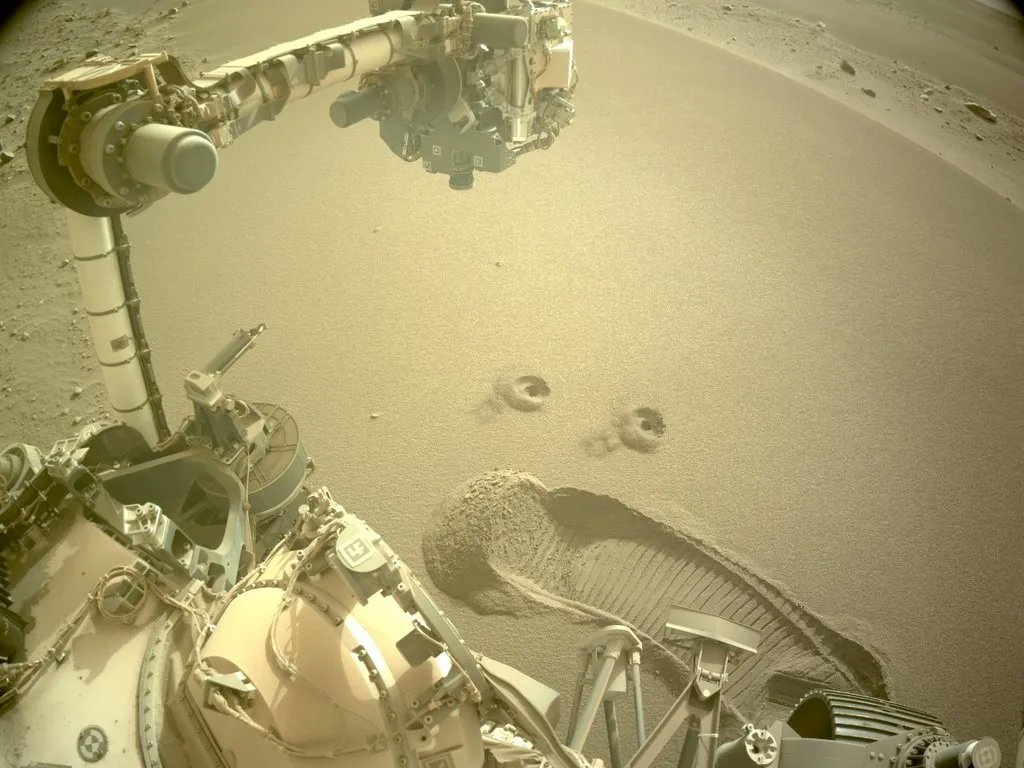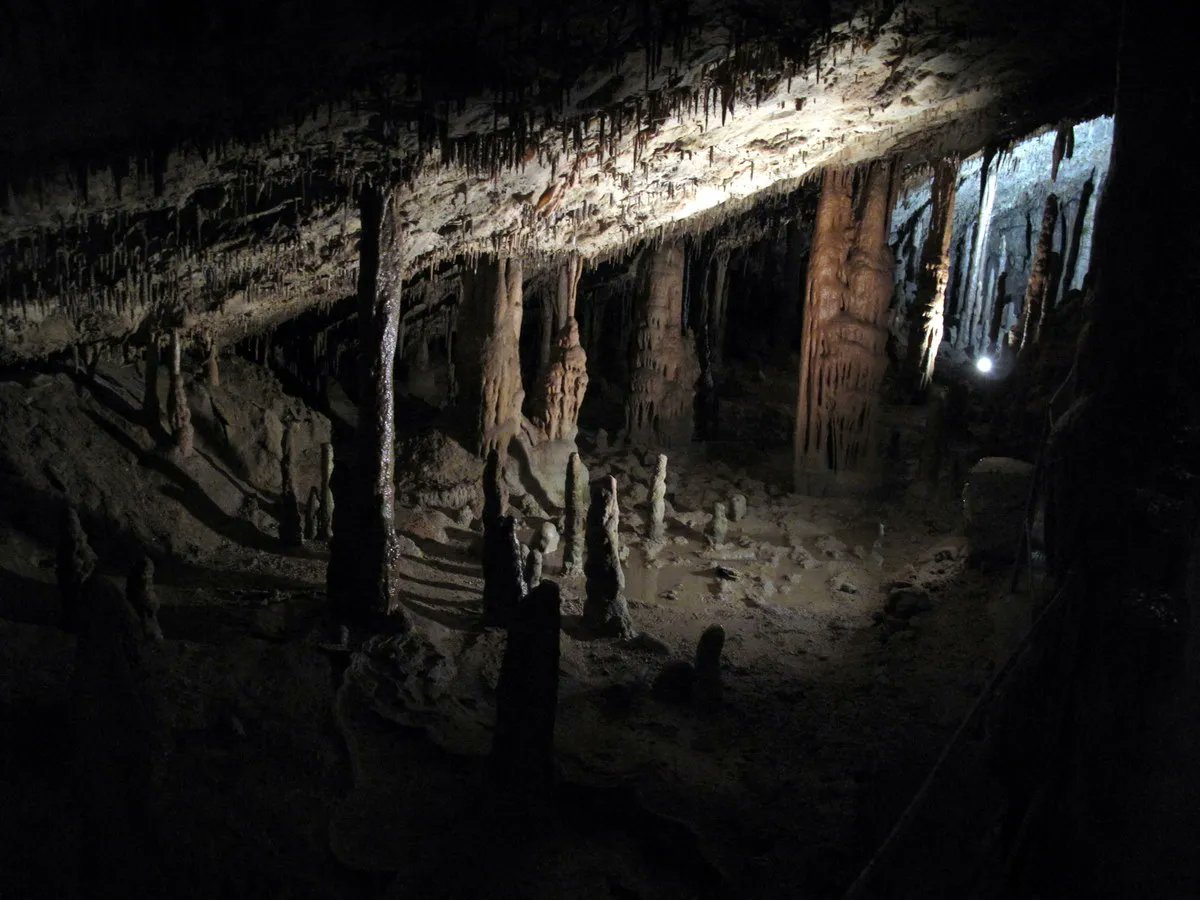Mars might not be the first place you would think of when thinking about where wind power might be useful. It has dust storms similar in scale to anything that the Earth can muster, and they’ve been responsible for the death of lots of the technology we’ve sent to the Red planet over the years. However, the strength of those storms is only enough to lift some dust particles into the air, which eventually shrouds that technology’s solar panels. Scientists have thought that it doesn’t really have enough oomph to be useful for anything. However, a new paper calls that assumption into question and shows that wind power could be useful on Mars.
Continue reading “Despite the low air Pressure, Wind Turbines Might Actually Work on Mars”NASA Makes Asteroid Defense a Priority, Moving its NEO Surveyor Mission Into the Development Phase
There’s an old adage in the engineering field – what gets funded gets built. So it’s sure to be a happy time over at the Planetary Society, as NEO Surveyor, the project the organization has primarily supported over the past few years, has made it through NASA’s grueling budgetary process to reach the “development” stage, with an eye for a launch of the system in 2028.
Continue reading “NASA Makes Asteroid Defense a Priority, Moving its NEO Surveyor Mission Into the Development Phase”Lightweight Picogram-Scale Probes Could be the Best way to Explore Other Star Systems
Inspiration for space exploration can come from all corners. One of the most inspiring, or terrifying, sources of inspiration for some in space exploration came from computer science expert John von Neumann, who laid out a framework for self-replicating machines in a series of lectures he gave in 1948. Ever since then, scientists and engineers have been debating the advantages, and the perils, of such a system.
However, while technology has indeed advanced a long way since the 1940s, it still seems like we are still a long way from having a fully functional von Neumann machine. That is unless you turn to biology. Even simple biological systems can perform absolutely mind-blowing feats of chemical synthesis. And there are few people in the world today who know that better than George Church. The geneticist from Harvard has been at the forefront of a revolution in the biological sciences over the last 30 years. Now, he’s published a new paper in Astrobiology musing about how biology could aid in creating a pico-scale system that could potentially explore other star systems at next to no cost.
Continue reading “Lightweight Picogram-Scale Probes Could be the Best way to Explore Other Star Systems”Could Space-based Satellites Power Remote Mines?
Many space-based technologies are still looking for their “killer app” – the thing that they do better than anything else and makes them indispensable to whoever needs to have that app to solve a problem. At this point in the development of humanity, most of those killer apps will involve solving a problem back on Earth. Space-based solar power satellites are certainly one of those technologies.
They have the potential to fundamentally transform the energy industry here on Earth. But they need that one “killer app” to get people interested in investing in them. A study from a group of researchers at the Colorado School of Mines looked at one potential use case – powering remote mining sites that aren’t connected to any electric grid. Unfortunately, even at those extremes, solar power satellites aren’t yet economical enough to warrant the investment.
Continue reading “Could Space-based Satellites Power Remote Mines?”A Supercomputer Climate Model is so Accurate it Predicted the Weather Patterns Seen in the Famous 1972 “Blue Marble” Image of Earth
The “Blue Marble” was one of the most iconic pictures of the Apollo era. Taken by the astronauts of Apollo 17 on their return trip from the moon, the first fully illuminated image of the Earth taken by a person captured how the world looked on December 7th, 1972, just over 50 years ago. Now, a team from the Max Planck Institute for Meteorology has recreated that iconic image using a climate model.
Continue reading “A Supercomputer Climate Model is so Accurate it Predicted the Weather Patterns Seen in the Famous 1972 “Blue Marble” Image of Earth”This Interactive Tool Lets you Simulate Asteroid Impacts Anywhere on Earth
Asteroid impacts rank highest on the UN’s list of potentially species-ending calamities. They’ve been the subject of countless movies and books, some of which are accurate depictions of what would happen, and some of which are not. Now, if you’ve ever been interested to see what would happen if different sizes of asteroid impact different areas of the globe, the internet has a tool for you!
Continue reading “This Interactive Tool Lets you Simulate Asteroid Impacts Anywhere on Earth”Will This be the Iconic Picture From Artemis I?
There’s an argument to be made that some astronomical pictures are better inspirational tools than all of the science that the missions that took them might have collected during their lifetimes. This author personally had his interest in space exploration sparked when he first saw the Ultra Deep Field and then had it permanently ingrained in his brain with the Pale Blue Dot and the associated book. The fact that they have individual names (Earth Rise, The Blue Marble, etc.) shows their importance to our collective understanding of our planet and our place in the Universe. Now, we might have a new one, as we’ve received a spectacular view of our Moon and a crescent Earth from the Artemis 1 mission.
Continue reading “Will This be the Iconic Picture From Artemis I?”Perseverance’s Latest Sample is Just Crumbled Regolith. When Scientists get Their Hands on it, we’ll Learn so Much About how to Live on Mars
The Mars Sample Return (MSR) part of Perseverance’s mission is picking up – literally. For the past few months, the rover has concentrated on picking up samples that will eventually be returned to Earth as part of the future Mars Sample Return mission. Back on Earth, plenty of advanced technologies can poke and prod the samples in ways that would never be feasible to launch with a spacecraft. However, if scientists decide to poke or prod Perseverance’s latest collections, they might have a hard time because they are made of regular regolith.
Continue reading “Perseverance’s Latest Sample is Just Crumbled Regolith. When Scientists get Their Hands on it, we’ll Learn so Much About how to Live on Mars”We Could Simulate Living in Lunar Lava Tubes in Caves on Earth
Simulation is key to space exploration. Scientists and engineers test as many scenarios as possible before subjecting their projects to the harshness of space. It should not be any different with the future living quarters of explorers on the Moon. One of the most commonly cited locations for a future permanent lunar base is in the relatively recently discovered lava tube caves scattered throughout the lunar mare. Simulating such an environment on Earth might be difficult, but a team from the Center for Space Exploration in China thinks they might have a solution – using karst caves to simulate lunar lava tubes.
Continue reading “We Could Simulate Living in Lunar Lava Tubes in Caves on Earth”If Dark Matter is Made of Axions, This Could be the Detector That Finds Them
As we’ve noted in plenty of other articles, science also moves forward by constraints. Understanding the limits of a physical phenomenon helps to develop better methods of looking for it, especially in its absence. Dark matter is an archetype of a missing phenomenon, but there are plenty of potential explanations for it. One of them is known as the axion, which was originally developed as a hypothetical particle that could plug a hole in the Standard Model of particle physics but could also solve the problem of dark energy. That is if they actually exist. Now a new experiment from researchers at CERN can help the scientific community better define where to look for those axions.
Continue reading “If Dark Matter is Made of Axions, This Could be the Detector That Finds Them”

